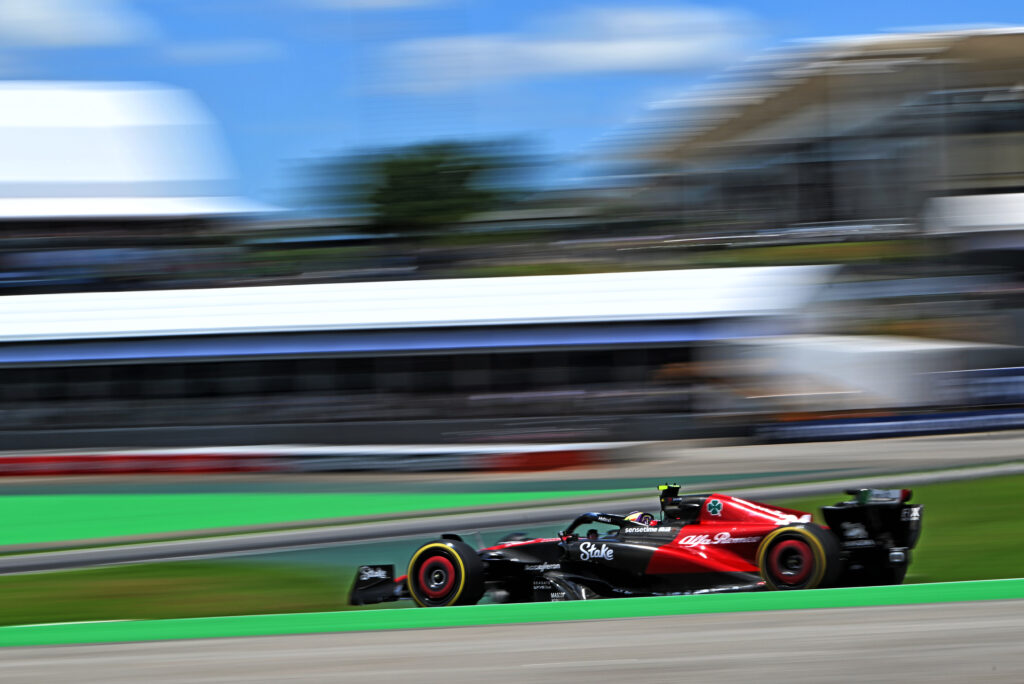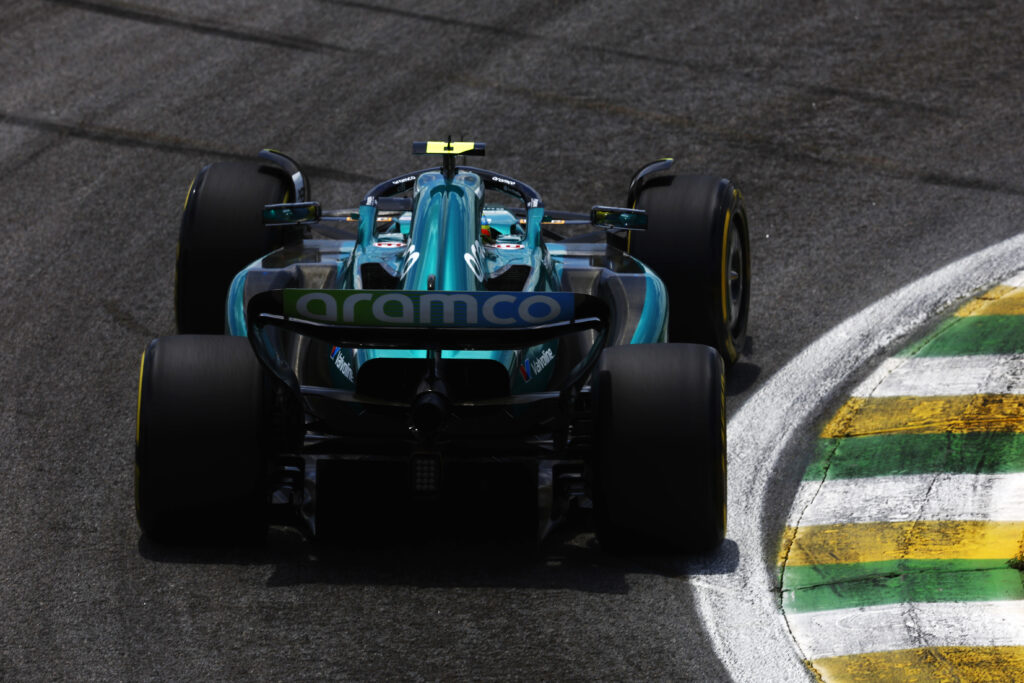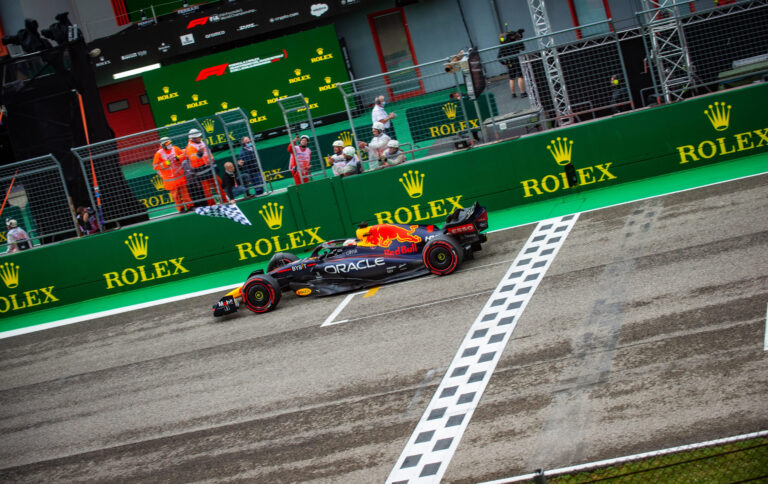Today, in the world of sports sponsorship, success is not merely about signing the check but balancing sponsorship and activation budgets. The art lies in allocating resources effectively, ensuring that your brand not only secures a spot on the field but engages with the audience in a meaningful way. In this article, we'll explore the intricacies of determining the optimal proportions for your sports sponsorship fee and activation budgets to achieve a winning formula for brand impact.
Understanding the Core Components: The first step in striking the right balance is to understand the core components of your investment. The sponsorship fee is the upfront cost for associating your brand with a sports entity, while the activation budget is reserved for bringing that association to life through various marketing channels.
Establishing Clear Objectives: Before delving into budget allocation, establish clear objectives for your sports sponsorship. Are you seeking heightened brand visibility, increased audience engagement, or both? Understanding your goals will guide the proportions of your budget allocation, ensuring a tailored approach to meet specific objectives.

The 70/30 Rule: A common guideline in the industry is the 70/30 rule, allocating 70% of the budget to sponsorship fees and 30% to activation efforts. However, this is not a rigid formula but rather a starting point. Consider the unique characteristics of your sponsorship, industry trends, and the preferences of your target audience to adjust this ratio accordingly.
Tailoring to Your Brand and Audience: Every brand and audience is unique. If your brand thrives on visibility, a more substantial portion of the budget may be directed toward securing prime sponsorship opportunities. Conversely, if engagement and interaction are your key goals, a larger activation budget may be more appropriate for creating memorable experiences.
Strategic Activation Planning: Activation is where the sponsorship truly comes to life. Carefully plan how you will leverage the allocated activation budget across various channels. Social media campaigns, experiential marketing, and content creation are potent tools for creating a buzz around your sponsorship. Tailor your activations to resonate with your target audience and align with the values of the sports entity.

Utilizing Analytics for Informed Decisions: Leverage analytics tools to track the performance of both your sponsorship and activation efforts. Analyzing key performance indicators (KPIs) such as website traffic, social media engagement, and brand sentiment allows you to make data-driven decisions. Use this information to adjust your budget proportions based on what resonates most with your audience.
Adapting to Industry Trends: The sports sponsorship landscape is dynamic, influenced by emerging trends and consumer behaviours. Stay agile and be willing to adapt your budget allocation to align with industry shifts. By keeping an eye on trends, you can position your brand as forward-thinking and relevant within the sports community.
Iterative Refinement for Long-Term Success: Success in sports sponsorship is an ongoing journey. Regularly review and refine your budget allocation strategy. Learn from both successes and setbacks and be prepared to iterate your approach for long-term success in the evolving sports marketing landscape.
Achieving the right proportions for your sports sponsorship fee and activation budgets requires a nuanced approach. By understanding your brand objectives, tailoring your strategy to your unique audience, and staying adaptive to industry trends, you can strike a balance that not only secures your spot on the grid but resonates with fans for lasting brand impact.







